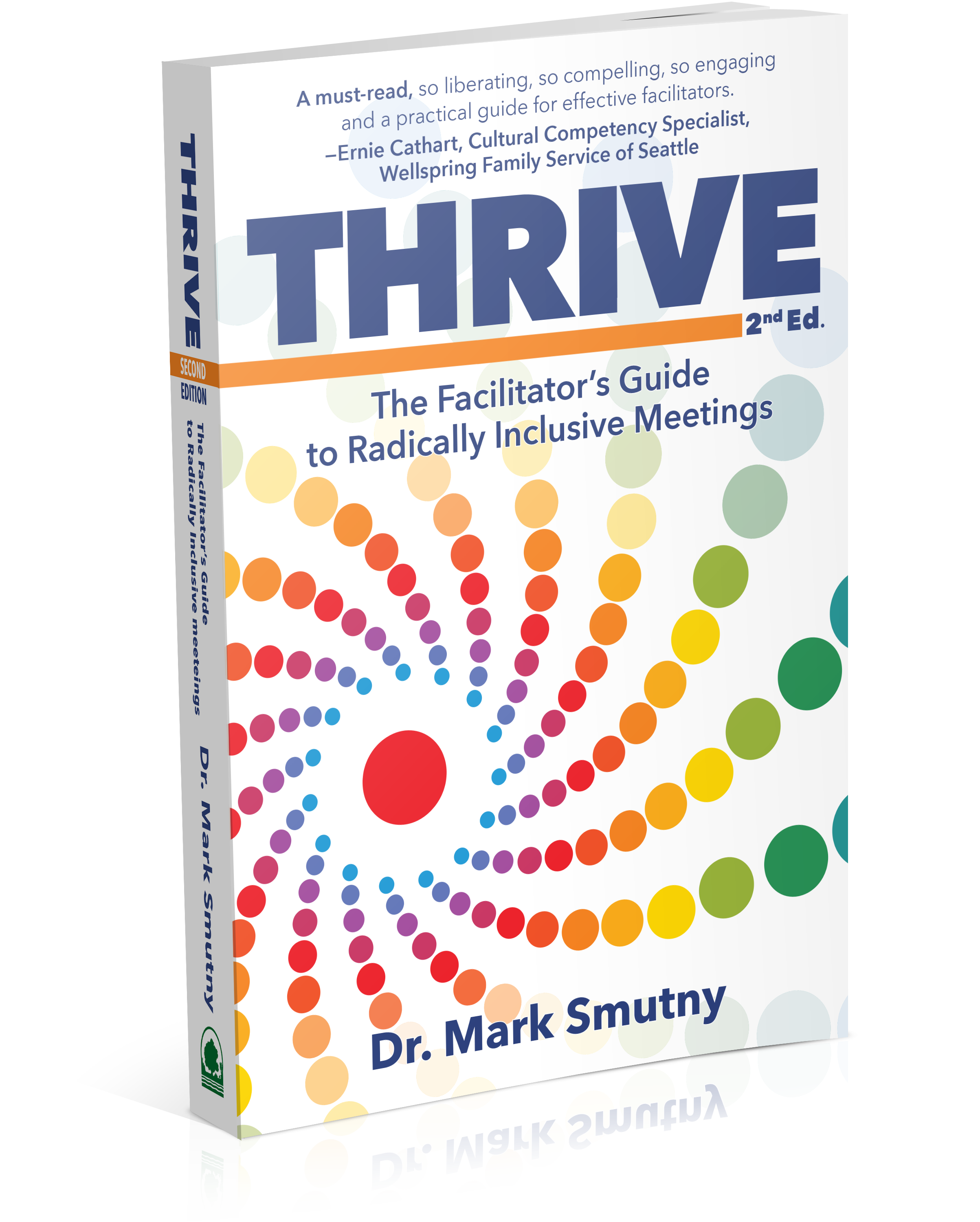
Steps in Interpersonal Mediation: A Guide by Dr. Mark Smutny
Interpersonal mediation is a powerful tool for resolving conflicts, fostering understanding, and building bridges between individuals. Drawing inspiration from the works of Jennifer Beer and Caroline Packard, particularly their insights in The Mediator’s Handbook, this article outlines the essential steps in the mediation process. These steps provide a structured yet flexible framework for mediators to guide parties toward resolution.
- Preparation and Planning
Effective mediation begins long before the parties sit down together. The mediator must:
- Understand the Conflict: Gather background information to comprehend the nature of the dispute.
- Set the Stage: Choose a neutral, comfortable location and ensure all parties are willing participants.
- Establish Ground Rules: Clarify the mediation process, confidentiality, and the mediator’s role as a neutral facilitator.
- Opening the Mediation
The opening phase sets the tone for the entire process. The mediator:
- Introduces the Process: Explains the goals and structure of the mediation.
- Encourages Openness: Invites each party to share their perspective without interruption.
- Builds Trust: Demonstrates impartiality and creates a safe space for dialogue.
- Exploring the Issues
This phase delves deeper into the conflict:
- Active Listening: The mediator listens attentively, paraphrasing and reflecting to ensure understanding.
- Identifying Interests: Beyond stated positions, the mediator uncovers underlying needs and concerns.
- Clarifying Misunderstandings: Helps parties recognize and address miscommunications.
- Generating Options
With a clearer understanding of the issues, the mediator facilitates brainstorming:
- Encourage Creativity: Parties propose solutions without judgment.
- Focus on Common Ground: Highlight areas of agreement to build momentum.
- Evaluate Feasibility: Assess the practicality of proposed solutions collaboratively.
- Reaching Agreement
The final phase solidifies the resolution:
- Drafting Agreements: Document the agreed-upon solutions in clear, actionable terms.
- Testing the Agreement: Ensure both parties feel confident and committed to the resolution.
- Closure: Conclude the mediation with a summary of the outcomes and next steps.
The Essential Role of Confidentiality
Confidentiality is a cornerstone of effective mediation. It fosters an atmosphere of trust, allowing parties to speak candidly without fear of their words being used against them outside the process. Mediators are ethically bound to uphold confidentiality, ensuring that sensitive information shared during mediation remains private. This safeguard encourages honest dialogue, reduces defensiveness, and creates a space where parties feel secure to explore vulnerabilities and creative solutions. Without confidentiality, the mediation process risks losing its integrity and effectiveness.
Conclusion
Interpersonal mediation, as articulated by Jennifer Beer and Caroline Packard, is both an art and a science. It requires empathy, neutrality, and a structured approach to guide individuals through conflict toward resolution. By following these steps, mediators can transform disputes into opportunities for growth and understanding.
This framework aligns with my commitment to fostering inclusivity, effective communication, and community building. Mediation is not just about resolving conflicts; it is about creating spaces where individuals feel heard, valued, and empowered to move forward together.
Mediation Services
For mediation services that bring healing, reconciliation and restored relationships contact me for a free, 30 minute consultation.
Email: mark.smutny@civicreinventions.com
Website: https://civicreinventions.com
Phone: 626-676-0287
Book: Thrive: The Facilitator’s Guide to Radically Inclusive Meetings, 2nd ed.
